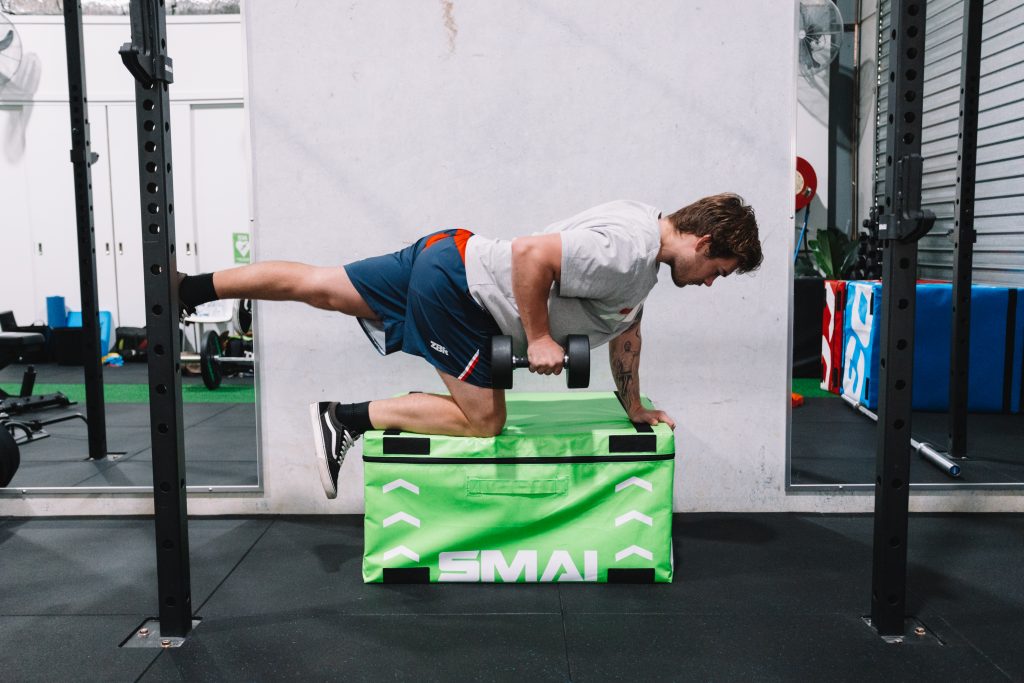The distinguishing ability of a good Strength and Conditioning Coach is their skill to assess and use that information to implement strategies to improve performance. By assessing elements such as strength, power, endurance, mobility and stability – coaches and athletes can identify where performance may potentially be lacking, and ensure that the training they are doing is actually going to make them better at their sport.
Compare against the best
There are many ways and reasons for why we test athletes’ physical performance. The first and most obvious reason is to see whether an athlete is improving, and where they are in comparison to top athletes in their sport. In sports such as swimming or athletics, it’s easy to see if someone is improving performance as you have an objective result such as race time, or distance thrown. Team sports, however, lack the ability to have an objective measurement of performance as it is the combined effort of a team that wins or loses a game.
Profiling
To properly assess performance we need to “profile” an athlete to identify the strengths and weaknesses that may contribute to their current ability. This generally consists of (but is not limited to):
- strength tests (repetition maximums)
- strength endurance tests (maximum reps for a specific movement, isometric holds)
- power tests (jump, hop and velocity-based tests),
- maximum aerobic speed tests (Yo-yo tests, 1.2km shuttle tests)
- anaerobic capacity testing (repeat sprint tests)
- acceleration & speed testing (sprints with light gates set at different intervals)
- agility tests (t-tests and 505 tests)
- body composition (weight, body mass and skinfolds).
Rehabilitation goals
The second reason we may need to assess athletes is in a rehabilitation setting, or injury prevention setting. These tests are usually measured in comparison to how an athlete moved or performed before they got injured or against the “norms” or normative data. Testing allows coaches or clinicians to objectively measure how an athlete is progressing through their rehabilitation. An example of this during ACL rehabilitation can be a single leg squat to box to test strength endurance between limbs. Once an athlete has adequate strength and balance, with good symmetry between limbs, a clinician can then progress the testing criteria, for example, to hop tests.
Program design
Assessing an athlete is the basis of program design. Without understanding where performance can be improved, we are only assuming what may help an athlete. Think of testing as a map to get us to a certain destination. Sure, after walking around aimlessly you may still stumble across the destination. But if you create a map of where you are and where you need to be, the process becomes a lot clearer and precise without any wasted time.
Understand the sport
To assess performance, a good Strength and Conditioning Coach will identify what physical capacities are important in the given sport. We then need to understand what tests are going to measure the physical capacities we are looking for. And finally, we need to test an athlete, prioritising the specific physical qualities that need to be worked on. By doing this, a training program can be developed to improve a specific component of fitness and subsequently improve performance specific to that sport.
To book a Performance Assessment with our strength and conditioning coach click here.
To learn more about our Coach Jack or our team of expert physiotherapists click here.

